

CarExpert.com.au
The CarExpert team's favourite cars of 2025
4 Days Ago
We revisit Toyota's littlest Yaris Cross SUV following its big switch to hybrid-only powertrains in Australia.
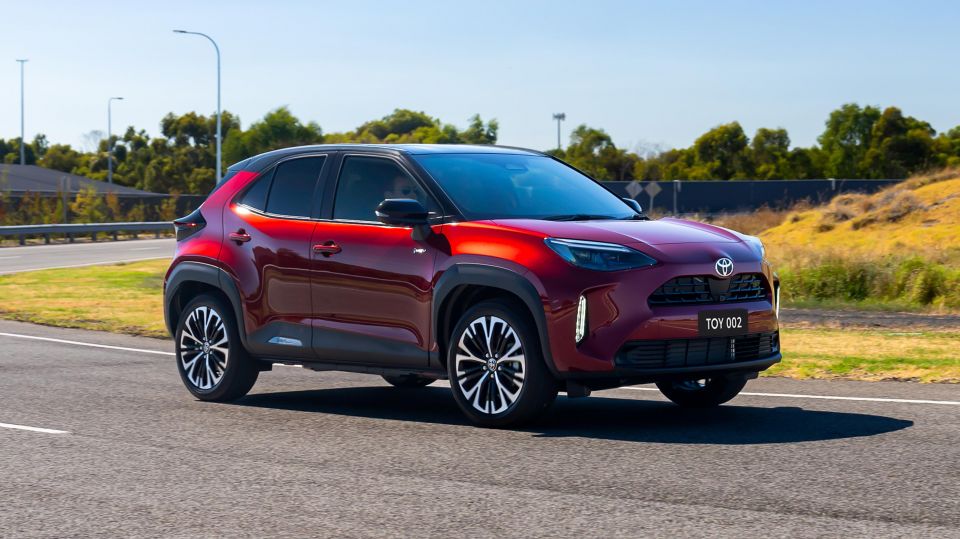


Quickly see how this car stacks up against its competition. Select any benchmark to see more details.
Where expert car reviews meet expert car buying – CarExpert gives you trusted advice, personalised service and real savings on your next new car.
When I wrote up my list of new Toyota GR Sport model predictions, I sure as hell didn’t have the Yaris Cross scoring the treatment before, say, the Corolla hatch, or the HiLux ute.

Note: This article is based off our most recent review of the Yaris Cross, as a new vehicle isn’t available for us to test and specification has seen no major changes since publication – with the exception of the range going all-hybrid in Australia.
We have updated key details such as pricing and specifications with the most up to date information available, and added imagery of the latest model where applicable.
Read the updated price and specs article here for all the details
In fact, when Toyota announced it was adding a GR Sport to the Yaris Cross range, I almost spat my coffee across the room. It seemed so incongruous to me – this is an urban SUV that is not sporty. It wasn’t supposed to be sporty. It wasn’t trying to be sporty. And, I thought, it didn’t need a sporty version to enhance its appeal.
But then again, I didn’t see the GR Yaris hot hatch being as good as it was, nor as in demand as it has been. And, while surely it’s important to stipulate that GR Sport is a distinctly different offer to a full-fat GR product, maybe there is more to this oh-so-Japanese ‘Gazoo Racing’ brand than meets the eye.
So here we are, with the GR Sport version of the Yaris Cross, which scores retuned suspension, exterior badging, new interior trim bits and a mid-range price point. All the details are below.
After going all-hybrid in 2023, the Yaris Cross was treated to some minor upgrades for 2024 which saw prices increase by up to $950 depending on variant – read the full price and specs breakdown here.
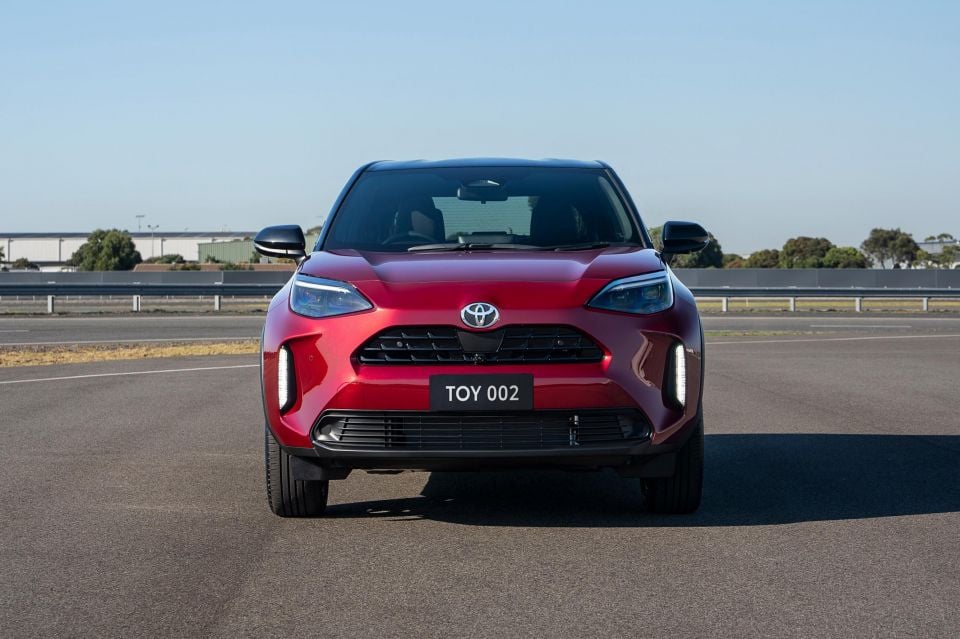
| Model | Price before on-road costs |
|---|---|
| Toyota Yaris Cross Hybrid GX FWD | $30,900 |
| Toyota Yaris Cross Hybrid GX AWD | $33,900 |
| Toyota Yaris Cross Hybrid GXL FWD | $33,950 |
| Toyota Yaris Cross Hybrid GXL AWD | $36,950 |
| Toyota Yaris Cross Hybrid Urban FWD | $36,880 |
| Toyota Yaris Cross Hybrid Urban AWD | $39,880 |
| Toyota Yaris Cross Hybrid GR Sport FWD | $36,930 |
To see how the Yaris Cross lines up against the competition, check out our comparison tool.
Buy your new car without the stress. It's fast, simple and completely free.

Great service from Travis and team, second time I have used this business would not hesitate to recommend them to anyone
Craig C.
Purchased a Ford Ranger in Sunshine Coast, QLD
CarExpert helped Craig save thousands on his Ford Ranger, now let us save you on your next new car.
Find a dealThere are some nice bits, such as the GR-embossed front seats with fake suede and fake leather. They’re comfy and supportive, and the fact the trim continues in lashings across the back seat is nice, too.

There is a ‘sports’ steering wheel with leather bits, which also scores GR badging, though the controls can be a little difficult to get used to.
The cabin doesn’t feel otherwise sporty. In fact, it otherwise feels a bit drab.
The 7.0-inch touchscreen media system is adequate; and I like that it has very grabbable dials and buttons, as does the climate control system below.
But the screen display size is small by current standards, and while I appreciate the notion of a surround-view camera, the pixelated view you get is pretty lacklustre. For what it’s worth, the Chinese brands have largely nailed the camera quality conundrum.
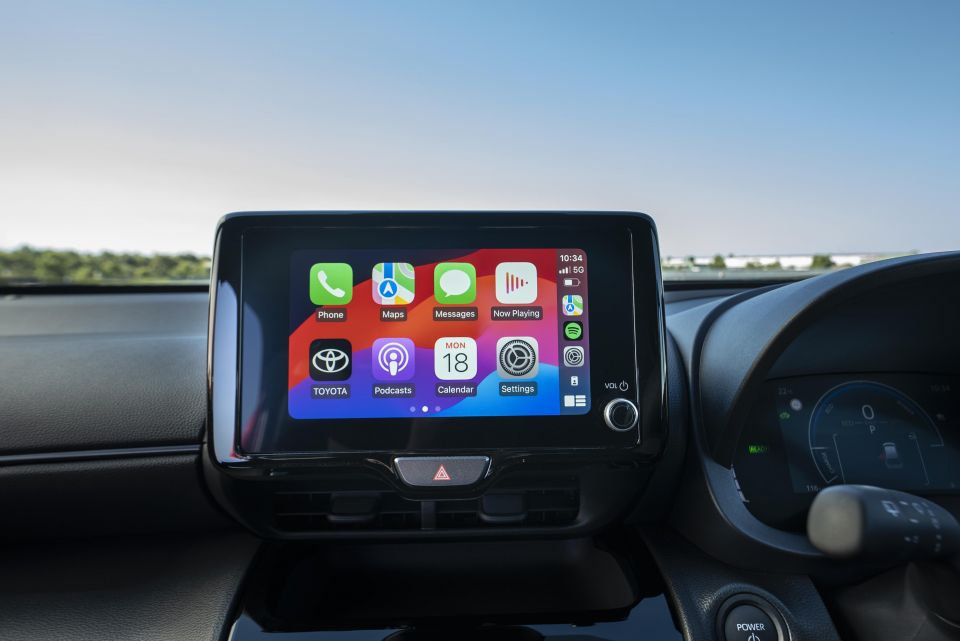
At least the screen has satellite navigation, AM/FM and DAB radio, Apple CarPlay and Android Auto (wired) and there’s a second USB port (1x USB-C, 1x USB-A) in the dashboard – which other versions miss out on.
Opinions are divided on the digital instrument cluster layout, which includes two small digital dials, and a middle, 4.2 inch display.
Part of me thinks that it’s a novel approach to the design, but another part of me thinks it looks old already – especially when so many brands are moving towards digital instrument panels as standard, even in cheap models. At least it’s very easy to see everything at a glance.
There are a lot of open storage caddies which, if you know a bit about the development process of cars, is a clear indication of cost savings – because lids and the mechanisms they require, well, money.
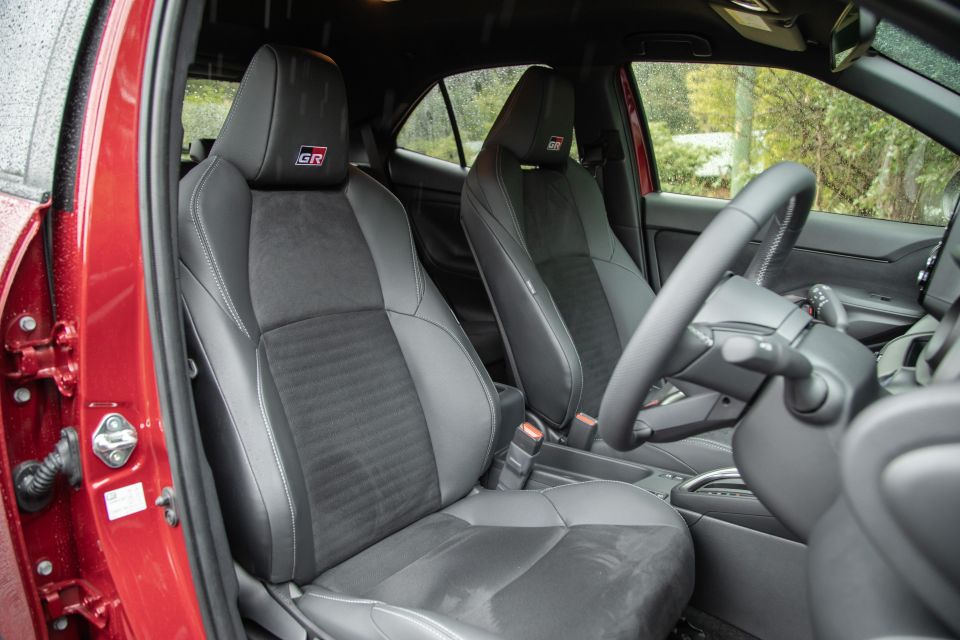
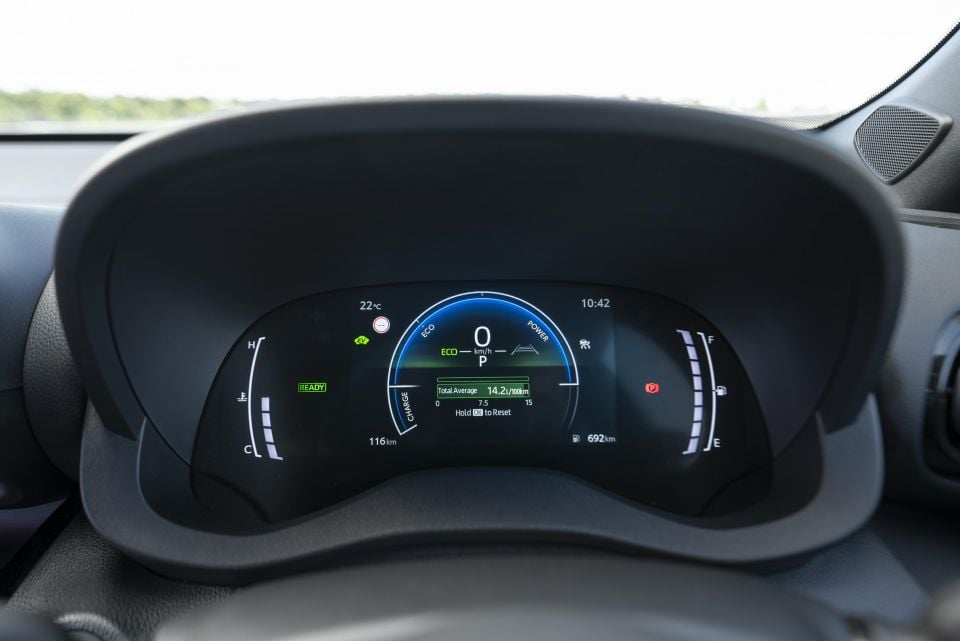
That might be okay for you if you’re in the “lids just get in the way and waste my time anyway!” crowd, but when it comes at the expense of a centre console and armrest and means there’s only the glovebox or the boot for “out of sight” storage, then it’s a bit annoying.
There are plenty of storage bins though – a couple between the front seats, large door cubbies, and a receptacle on the dashtop near the screen.
In the back there are bottle holders in the doors, a map pocket, and access to a cup holder at the back of the section between the front seats.
Plus, if you lower the middle section of the back seat (it’s a 40:20:40 arrangement) then you have access to a pair of cup holders, or you could use it as a ski port if you make sure you secure whatever is holstered there.
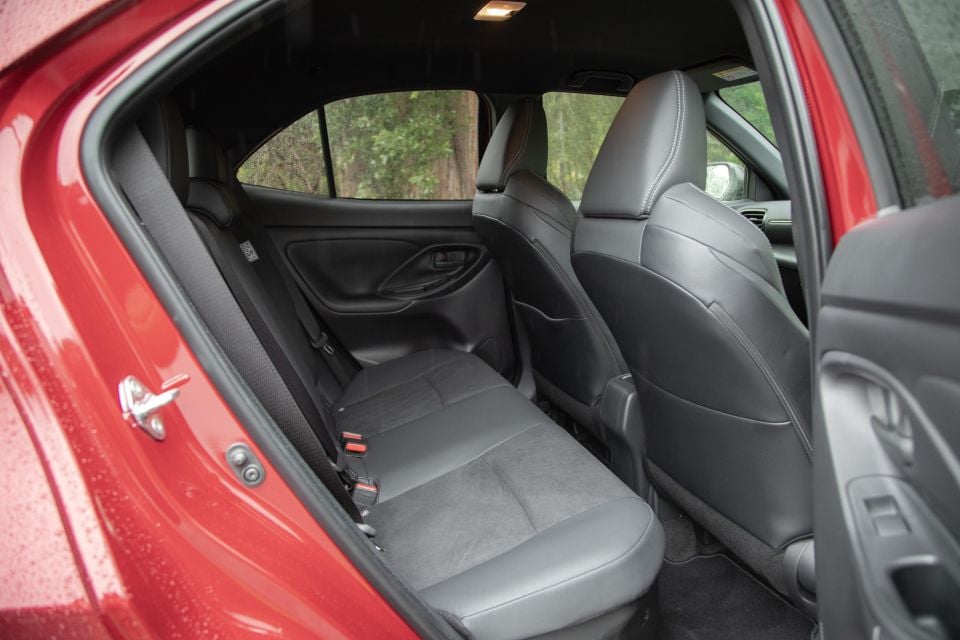
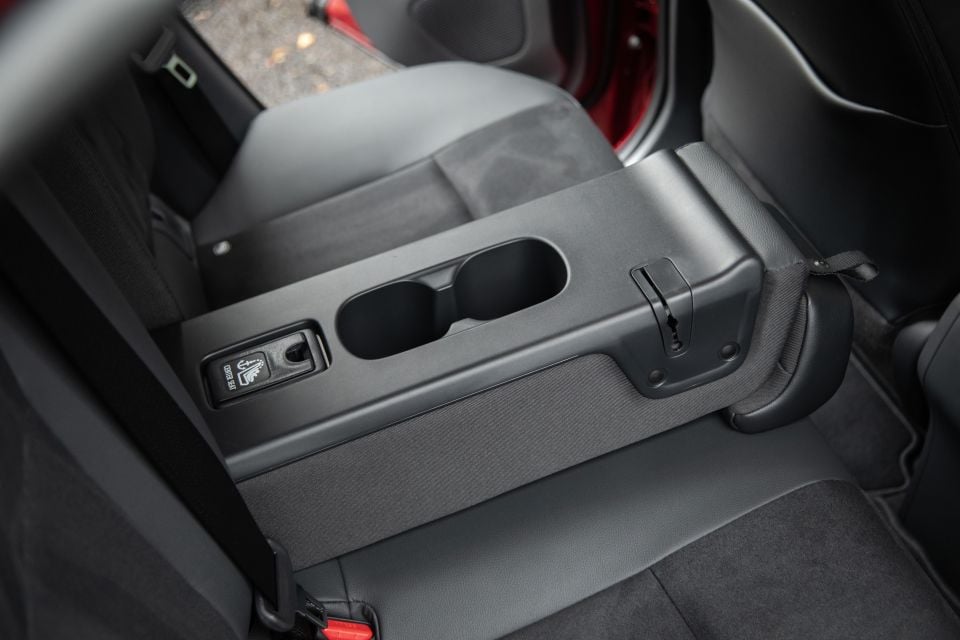
Passenger space is good for a car in this class. I could sit behind my own driving position (I’m 182cm) and there was enough foot, knee and headroom for me to be comfy. Three adults my size across the back won’t be a goer, and nor would three child seats.
Not that you’d want to try and hitch three kid seats in the back, let alone get three kids in the car. As is a typical issue with the current generation of Toyota models, the rear doors don’t open very wide, so loading anything that isn’t yourself into the back seat can be a bit of a task.
Rest assured there are ISOFIX points in the window seats, and a trio of top-tether hooks as well.
Just note, though, that there are no rear directional air vents, and there’s no USB charging present in the back, either. The window line also takes upwards quite sharply, and the dark headlining does make it feel even more claustrophobic – some kids won’t like it here.
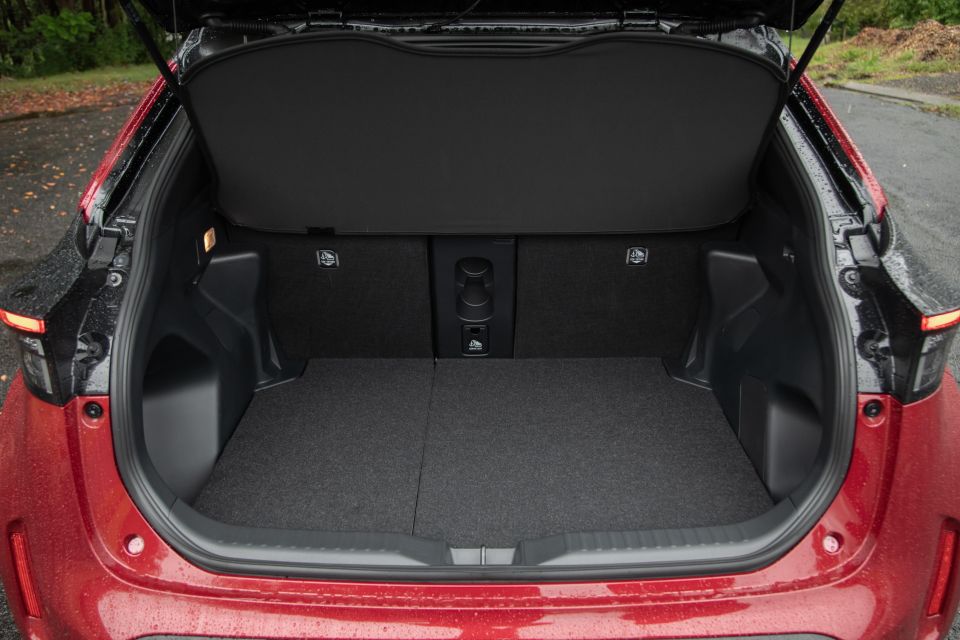
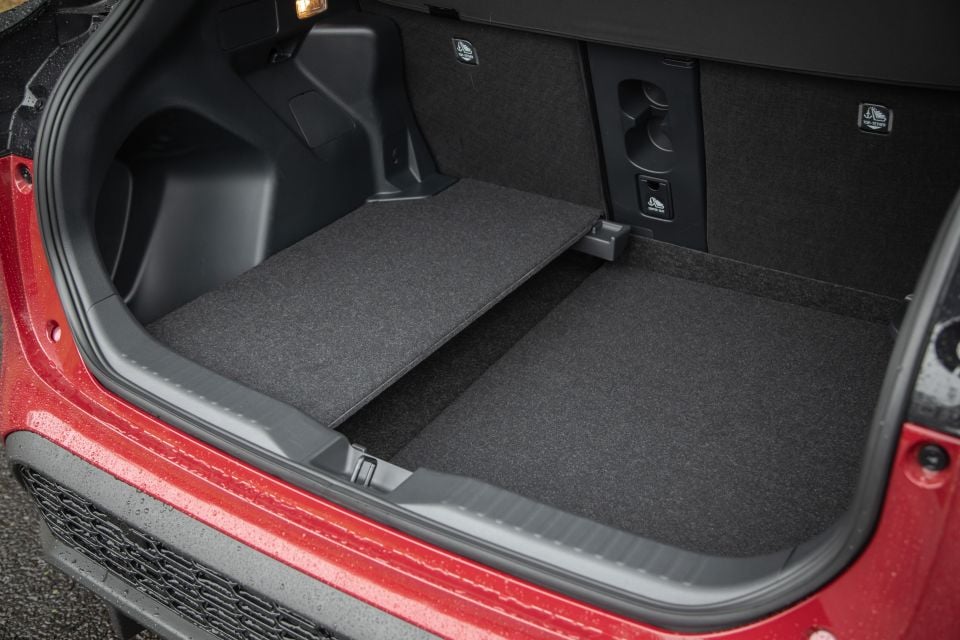
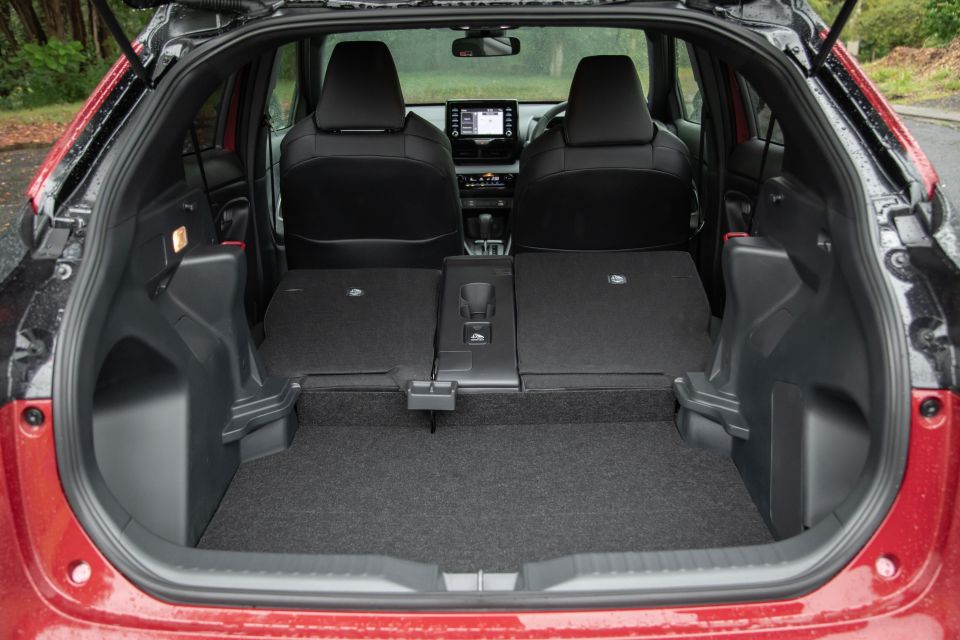
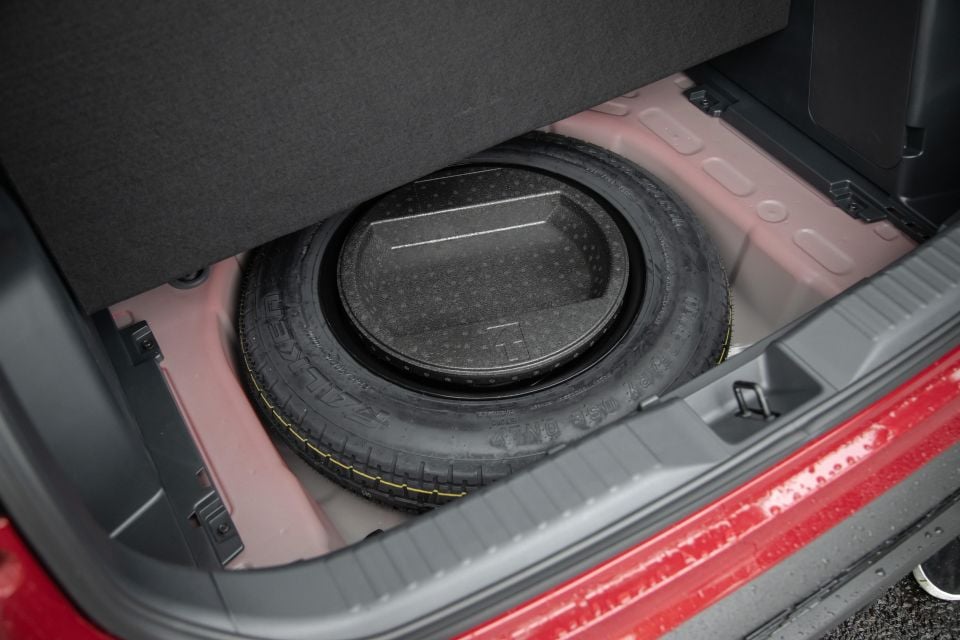
The boot is pretty clever, too. It has a dual-floor setup that means you can have a flat load-in lip (and flat load-through over the back seats when folded) but less storage, or a bigger cavity that you have to drop stuff into over the back ledge.
The boot capacity in max mode to the “parcel shelf” is 390 litres. The inverted commas there are because the shelf would be as useful as putting anvil in a bowl of jelly.
There’s also a space-saver spare wheel in the boot, under the second layer floor.
All versions of the Yaris Cross in Australia are now hybrid only.
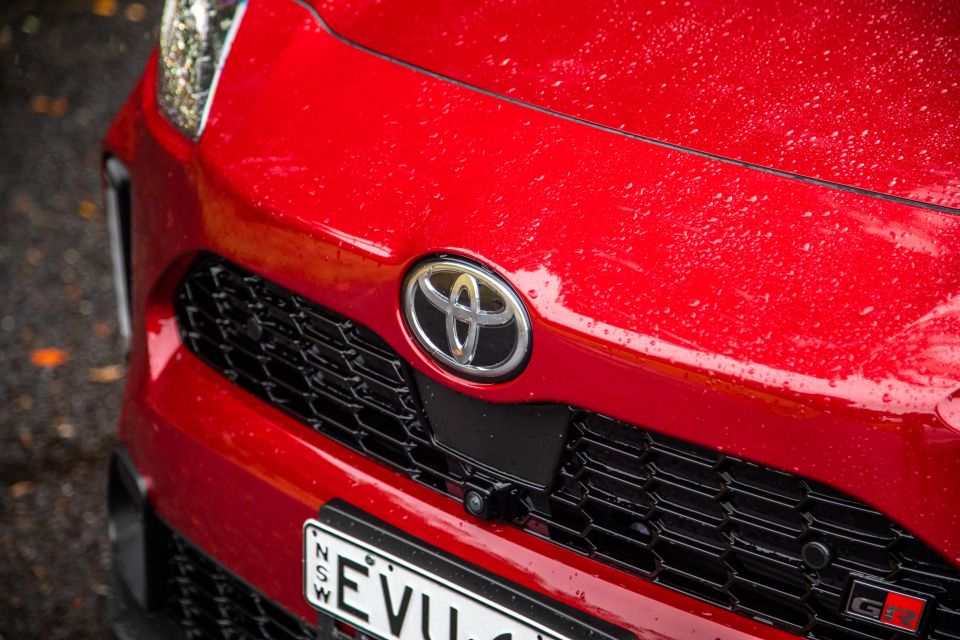
| Specifications | Toyota Yaris Cross Hybrid |
|---|---|
| Engine | 1.5L 3cyl HEV |
| Engine outputs | 67kW + 120Nm |
| Electric motor outputs | 59kW + 141Nm (front) 3.9kW + 52Nm (rear – AWD only) |
| System outputs | 85kW |
| Battery | 4.3Ah li-ion |
| Transmission | CVT |
| Driven wheels | FWD or AWD |
| Weight | 1235kg (FWD) 1305kg (AWD) |
| Fuel economy (claimed) | 3.8L/100km (FWD) 4.0L/100km (AWD) 4.1L/100km (GR Sport) |
| Fuel tank capacity | 36 litres |
| Fuel requirement | 91 RON |
| CO2 emissions | 86g/km (FWD) 90g/km (AWD) 93g/km (GR Sport) |
| Emissions standard | Euro 5 |
| Braked tow capacity | 400kg (N/A GR Sport) |
To see how the Yaris Cross lines up against the competition, check out our comparison tool.
My partner often drives the cars I have to test, and I really value her “I’m not a motoring journalist” opinion.
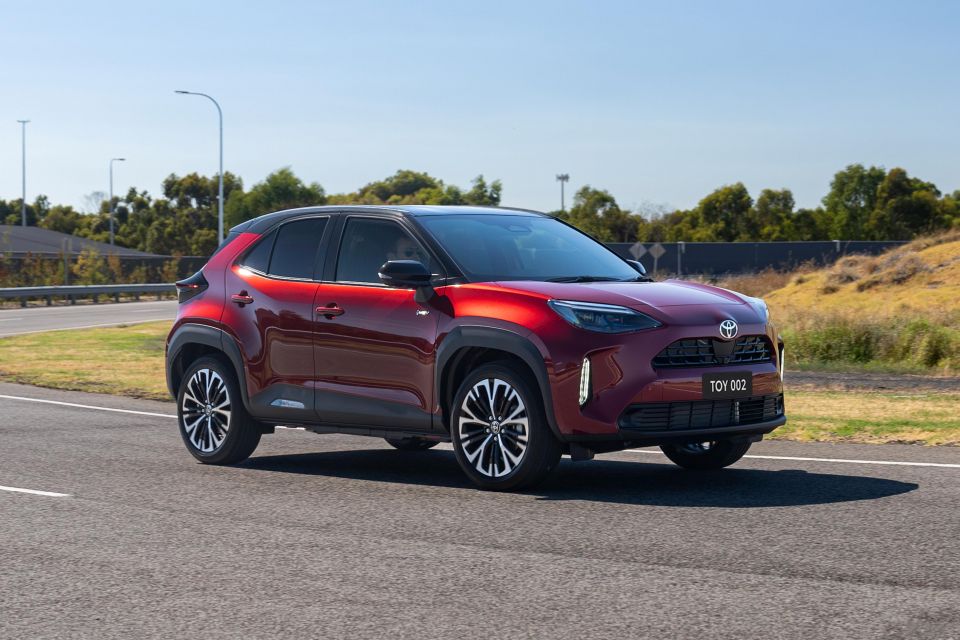
And it’s fair to say, she didn’t think this car was sporty in any way, shape, or form. So… maybe those GR bits really are a waste of time.
She said she totally gets that it’s trying to be sporty, but that it might appeal more to those who find aqua aerobics, lawn bowls, or hardcore hiking on paved paths with your walking sticks to be sporty endeavours.
Suffice to say, she didn’t like it – and I didn’t think it justified being brandished with the GR badge, either.
The changes to the chassis might be significant: lowered (10mm) retuned suspension “that improves handling and sharpens the steering response and feel”, as well as a bound stopper being added to “control body roll and improve ride comfort”, not to mention additional bracing front and rear – but they might have been more effective if the brand had also upgraded the tyres.
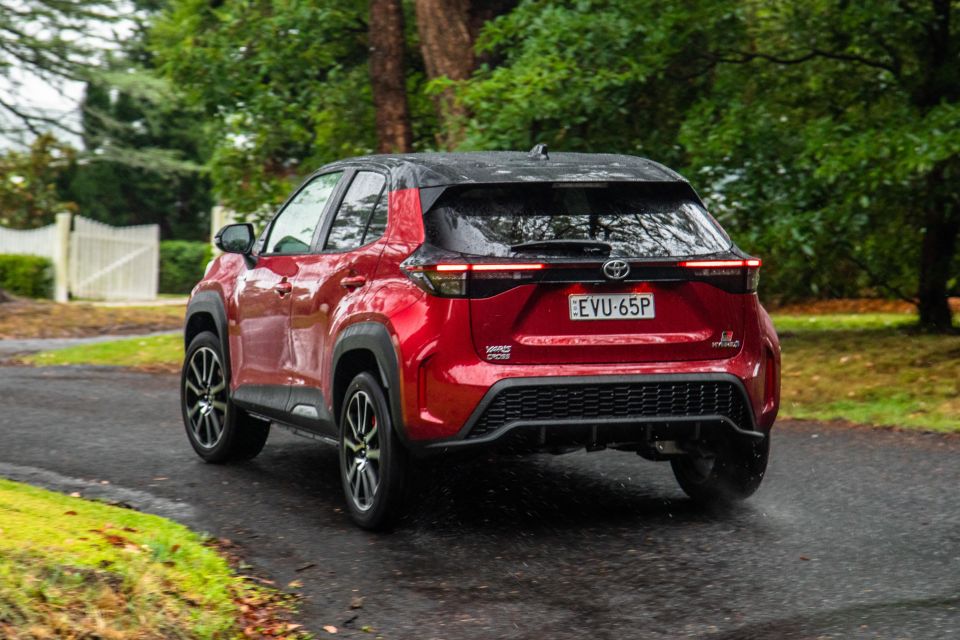
The sporty 18-inch rims are shod with uninspiring Falken Azenis 215/50/18 rubber – tyres that aren’t going to be mentioned in the same breath as a Pilot Sport or P Zero. And frankly, when I gave this car a fang, I ran out of tyre talent before the chassis was ready to stop.
But it needs to be said: the steering might be a bit better than the standard Yaris Cross (you’d have to drive them back-to-back to really get a good judgement on that), and likewise the suspension might be a little lower and a little more eager to hunker down, but I was left underwhelmed by the “GR-ness”.
It also felt more uneasy at freeway speeds, with the body moving around a bit more than some drivers may appreciate.
And then there’s the powertrain; which is going to be fine if you just want a car to tool around town, to the shops and school, and not much else. Because a firecracker, it ain’t.

It makes a lot of noise, emits a lot of vibration and feels a lot like its out of puff when you ask much of this three-cylinder petrol-electric mix, but when you are doing what I suggested – easy going urban driving – you’ll note how eager it is to dip in and out of EV mode, and it will do that heaps.
But it’s the ugliness with which it has to call on the three-pot and CVT to lurch back into life under hard throttle and serenade those in the cabin with its incessant gurgling that really does make this car feel a bit, well, wrong.
A look at the tailgate badging symbolises the confusion of this car’s drive experience.
As mentioned, the Toyota Yaris Cross Hybrid GR Sport slides in just above the more primo-focused Urban 2WD Hybrid grade on price, but it actually builds its equipment list on the lower-spec GXL 2WD Hybrid.
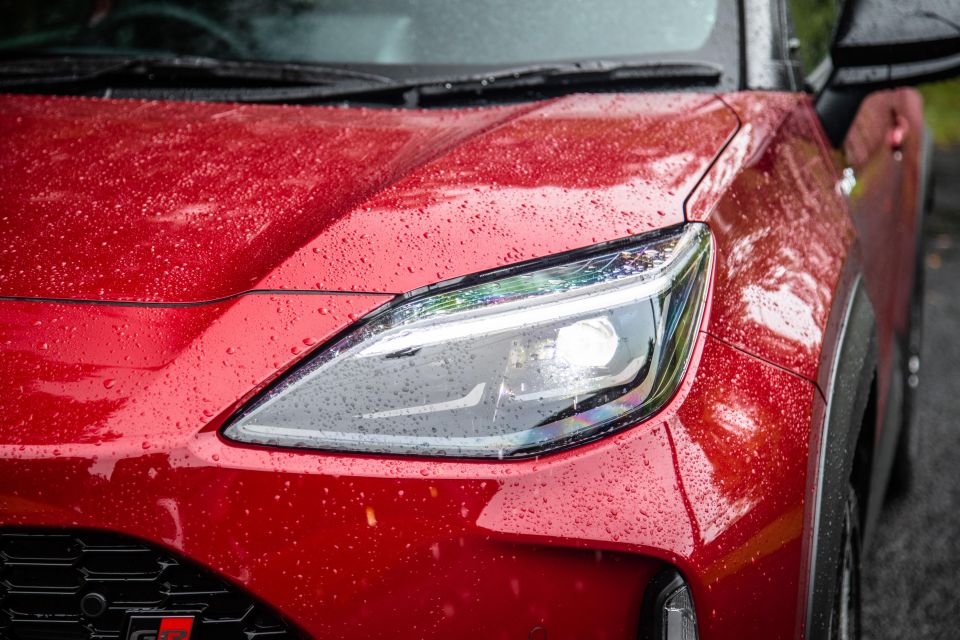
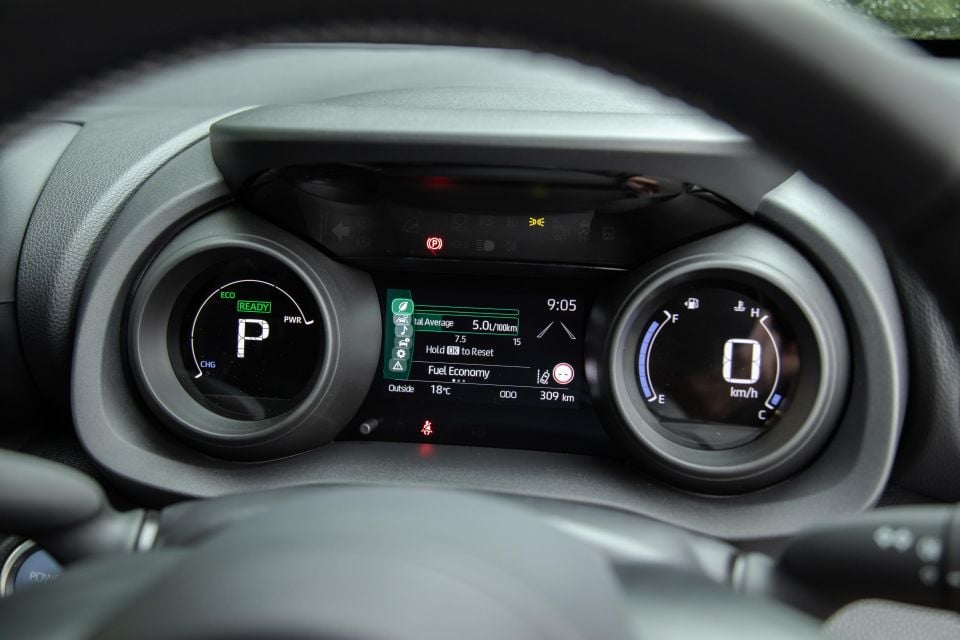
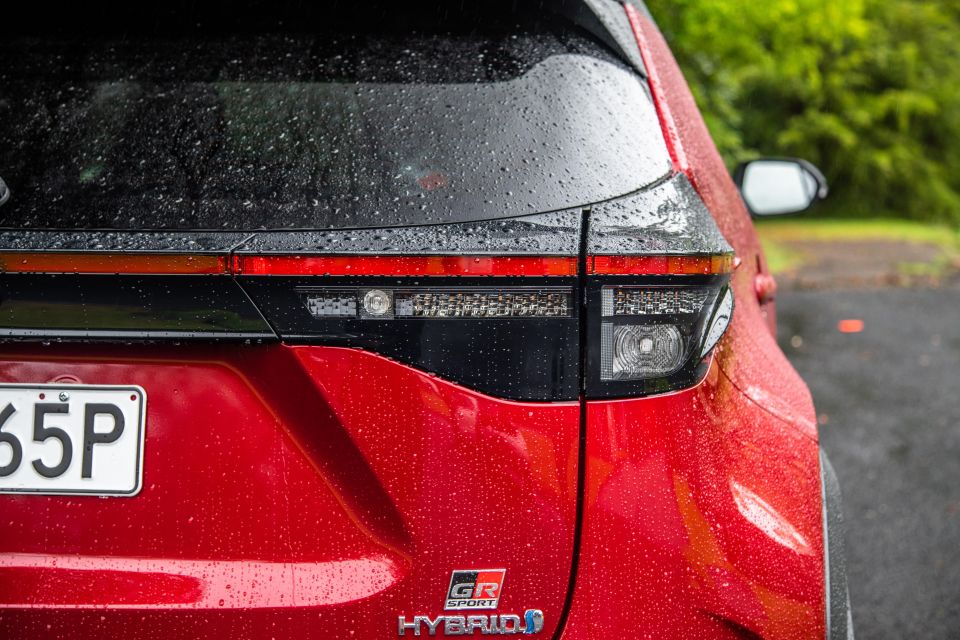
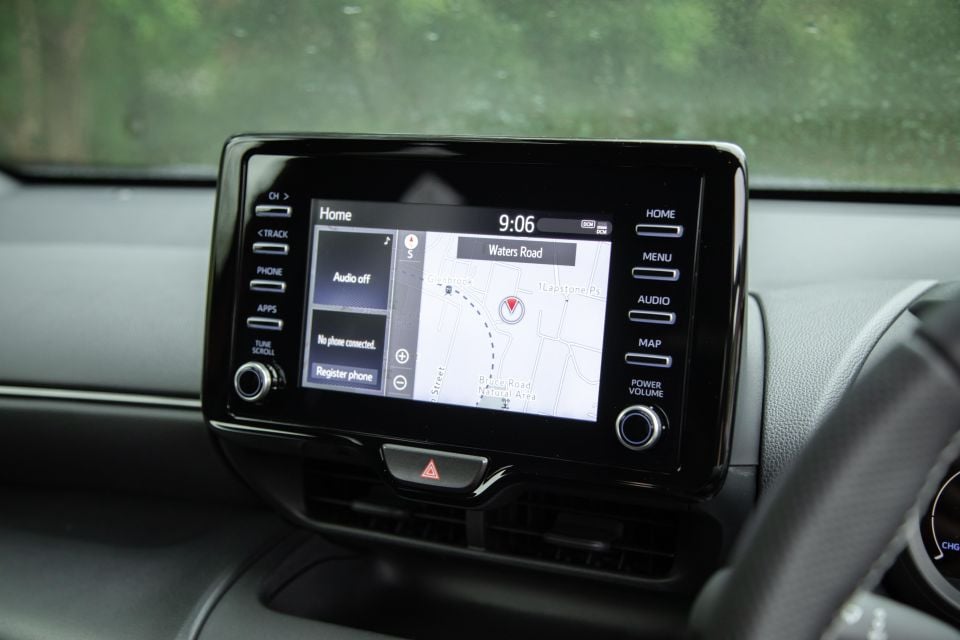
Yaris Cross GX standard equipment:
Yaris Cross GXL adds:
Yaris Cross Urban adds:
Yaris Cross GR Sport adds (over GXL):
The Toyota Yaris Cross has a five-star safety rating from ANCAP, based on testing conducted in 2021 – though the GR Sport is unrated.
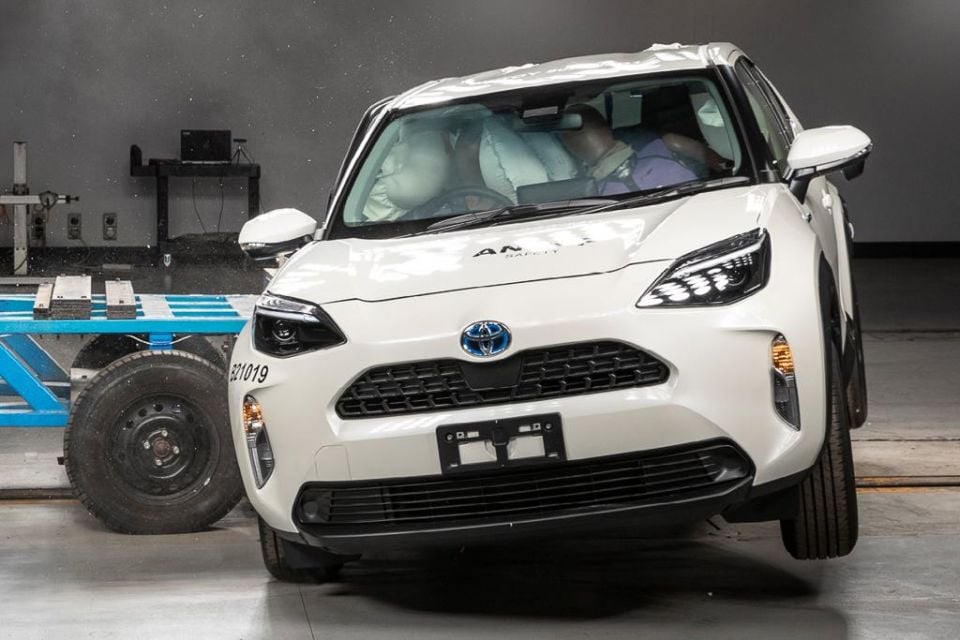
Where expert car reviews meet expert car buying – CarExpert gives you trusted advice, personalised service and real savings on your next new car.
It received an adult occupant protection rating of 86 per cent, a child occupant protection rating of 86 per cent, a vulnerable road user protection rating of 78 per cent, and a safety assist rating of 82 per cent.
All models come standard with the following equipment:
GXL and above get:
The Toyota Yaris Cross is backed by a five-year, unlimited-kilometre warranty.
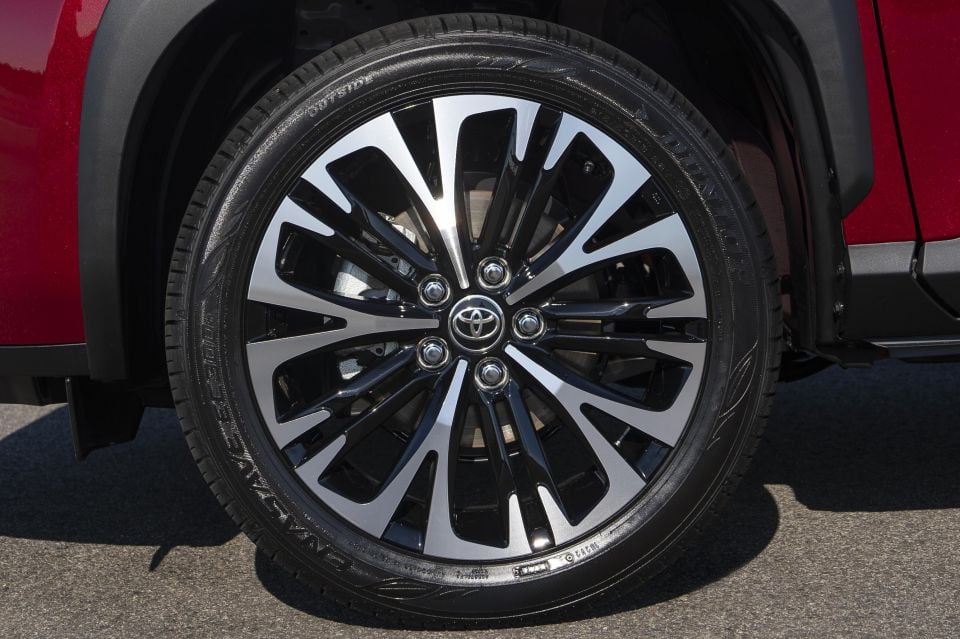
| Running costs | Toyota Yaris Cross Hybrid |
|---|---|
| Warranty | 5 years, unlimited kilometres 10 years – driveline, service initiated |
| Roadside assistance | From $99/year |
| Service intervals | 12 months or 15,000 kilometres |
| Capped-price servicing | 5 years |
| Total capped-price service cost | $1250 |
Maybe I should be working in Toyota’s product planning team, because I really don’t think there should have been a GR Sport version of the Yaris Cross… at least, not with this powertrain and not with the tyres that have been fitted.
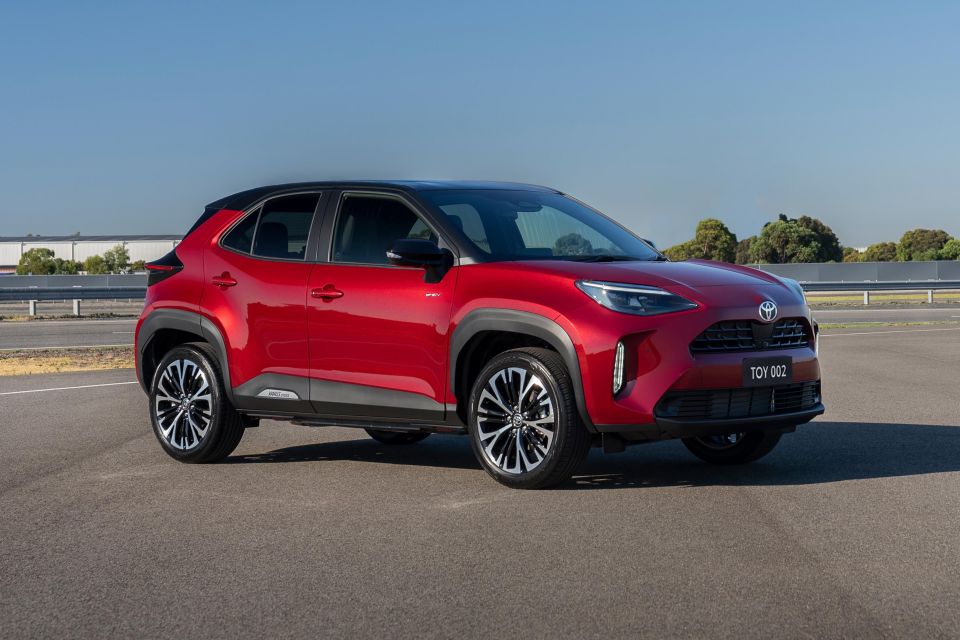
It is a pretty impressive compact SUV in a lot of ways that matter – it is well packaged, super efficient, cheap to own and run, safe, and pretty smart looking.
But the expectations for someone who knows what GR is supposed to be about, and buys into the idea of it, might not be met. They certainly weren’t met for me.
Interested in buying a Toyota Yaris Cross? Get in touch with one of CarExpert’s trusted dealers here
Click the images for the full gallery
Where expert car reviews meet expert car buying – CarExpert gives you trusted advice, personalised service and real savings on your next new car.
Matt has more than a decade of experience in automotive journalism, and loves exploring the pros and cons of new cars, delving into deep-dive industry stories, and going for a drive just for the fun of it.


CarExpert.com.au
4 Days Ago


Damion Smy
4 Days Ago


Damion Smy
5 Days Ago


Josh Nevett
5 Days Ago


Max Davies
5 Days Ago


Ben Zachariah
6 Days Ago